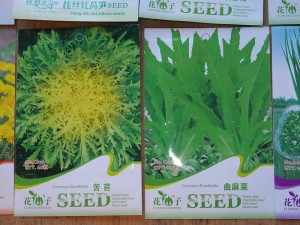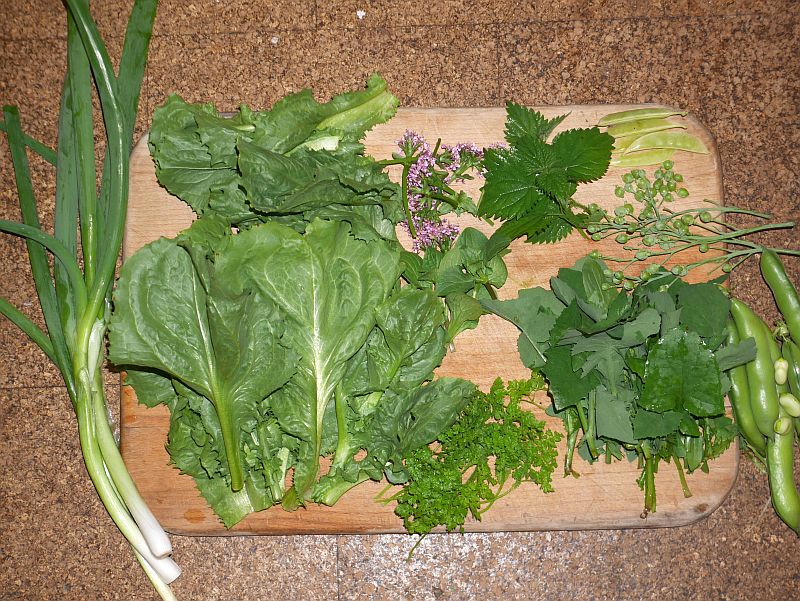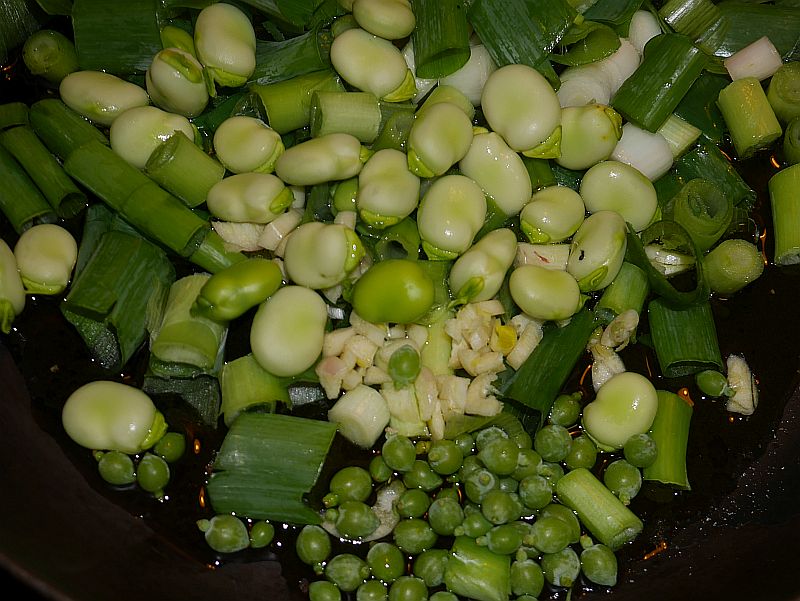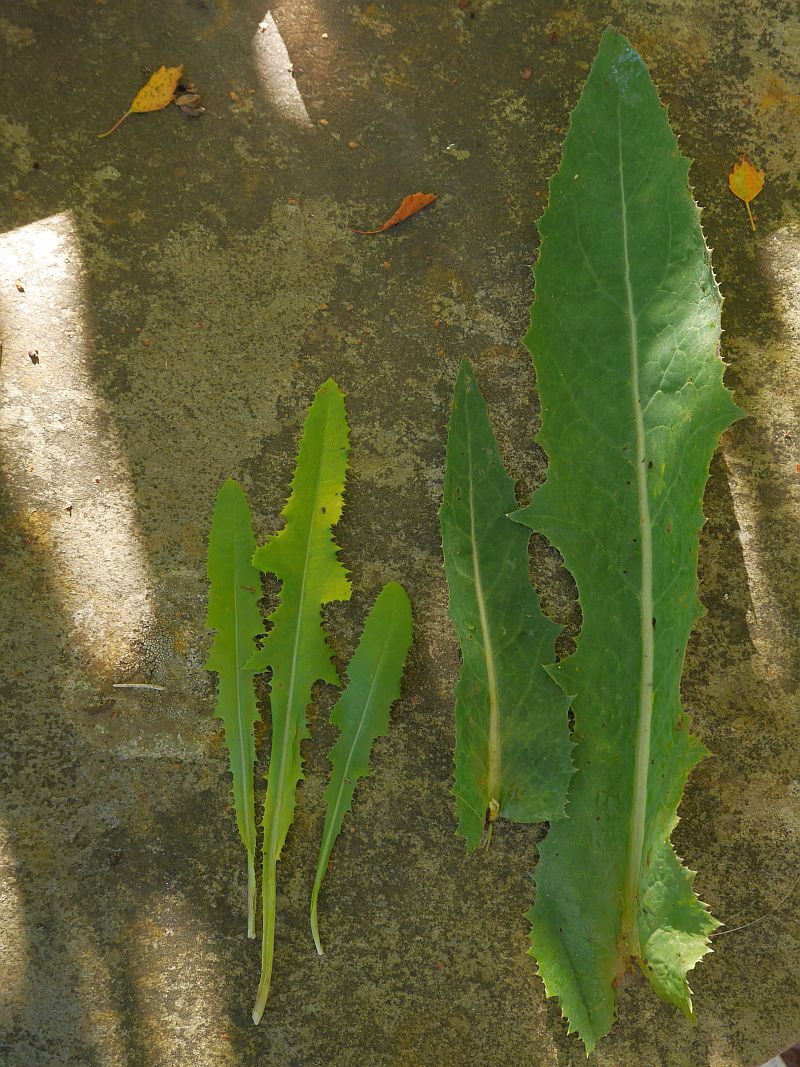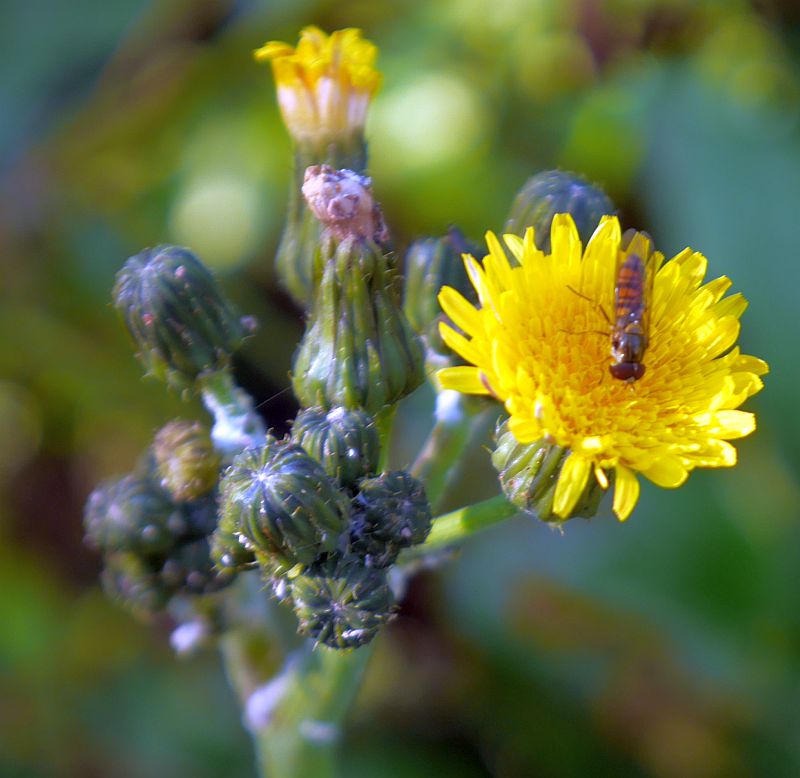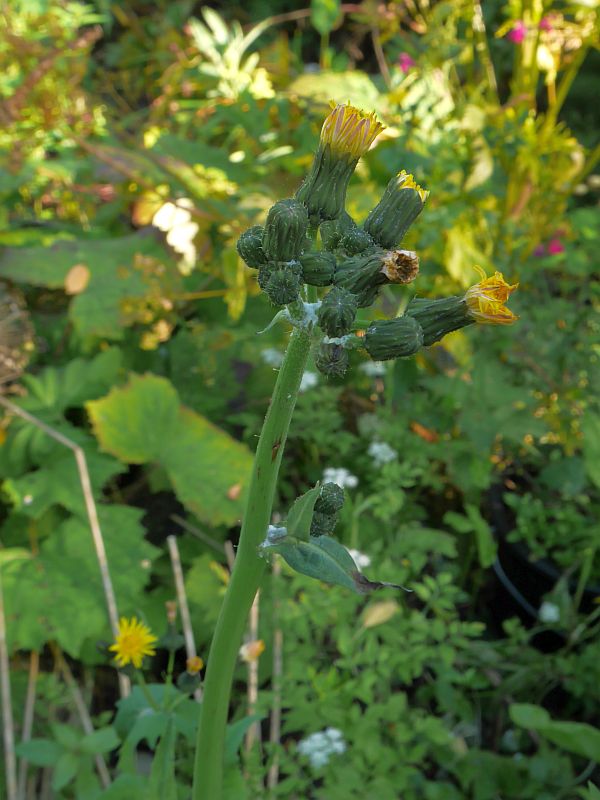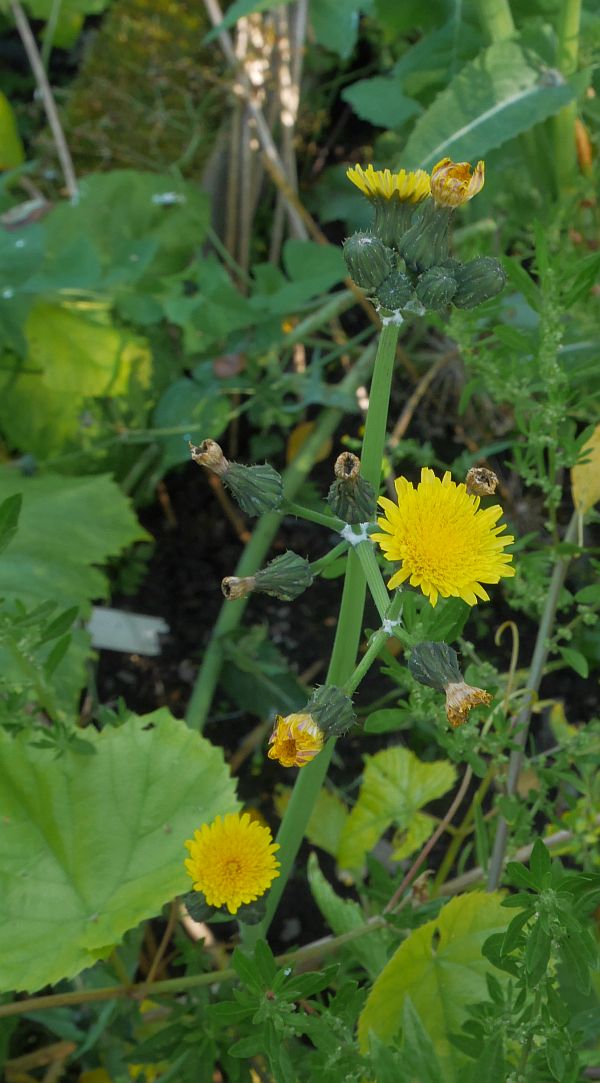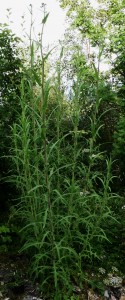Tag Archives: sow thistle
Perennial puha, Sonchus kirkii in Malvik
Sonchus kirkii is the original perennial sow thistle (puha) of the Maori which I’ve long wanted to try (see the account in my book Around the World in 80 plants of this species and annual super(healthy)weed Sonchus oleraceus which replaced it in Maori kitchens! Probably not hardy here, I overwintered it inside having finally layed my hand on some seed! Variously known as puha, shore puha or New Zealand sow thistle (syn. Sonchus asper var. littoralis), its habitat is described by the New Zealand Plant Conservation Network as http://www.nzpcn.org.nz/flora_details.aspx?ID=205: “Coastal. Usually on cliff faces in or around damp seepages where it often grows with the blue green alga Nostoc and fern Blechnum blechnoides. This species has a distinct preference for base rich rocks such as basalt, calcareous mudstones, siltstones, limestone or apatite-rich greywacke faces. On some offshore islands this species extends up into coastal scrub and herbfield. It occasionally grows on stabilised sand dunes. Indications are that this species once occupied a wider range of habitats but has retreated to those less suited to other faster growing introduced weeds.”
I will hopefully eat it for the first time next summer!
NZPCN states that “Easily distinguished from all the other naturalised Sonchus species by the very large, glaucous, non-spinose leaves” (this includes S.arvensis –perennial sow thistle and annuals S. asper and S. oleraceus)
Meanwhile, here are a few pictures:
Sonchus seed
I couldn’t resist these two packets in a Chinese seed catalogue someone tipped me about. Never seen common sow thistle seed for sale (first picture), perhaps a cultivar?…and the second is Sonchus brachyotus, which I’ve never seen seed of before, but mention in the book “Another closely related perennial species, S. brachyotus, is used by farmers in northern Jiangsu. The young rosettes are washed, mixed with wheat flour, steamed, cooled, seasoned with mashed garlic, chopped onion, salt, vinegar and soy sauce (no doubt disguising the bitter taste suggested by the name, Bitter Wheat-field Herb, in the process).”
Exciting times!
